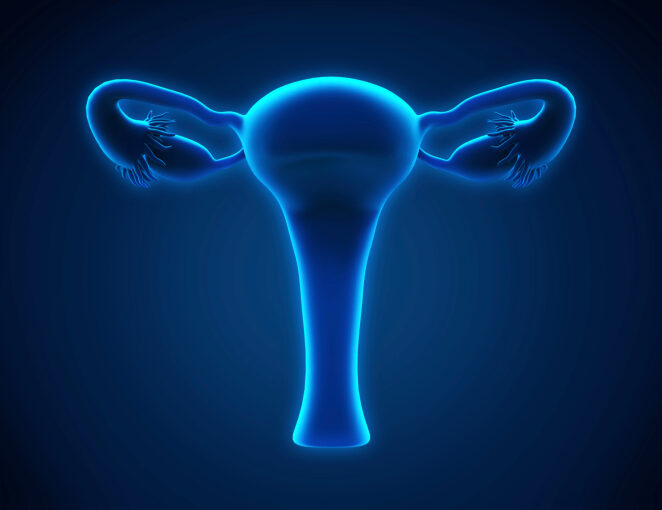By Leah Lawrence
A new study estimated that a PARP inhibitor-for-all approach to treating advanced-stage ovarian cancer would be associated with high costs compared with biomarker-directed use of PARP inhibitors.1 Study researchers recommended that maintenance treatment with PARP inhibitors be reserved for patients with germline or somatic homologous recombination deficiency (HRD) mutations.
The study evaluated the cost of the 2 approaches by simulating the study designs of the PRIMA, VELIA, and PAOLA-1 trials. PARP inhibitors-for-all provided a greater progression-free survival benefit than biomarker-directed care for each trial, but was more costly as well.
The average cost per patients for the PARP inhibitors-for-all strategy was $166,269 for the PRIMA model, $286,715 for VELIA, and $366,506 for the PAOLA-1 model.
“The ranges in cost were dependent on the specifics of each of the 3 trials modeled including efficacy, timing of initiation of maintenance therapy (with initiation of standard chemotherapy or following completion of chemotherapy), presence or absence of bevacizumab in the baseline regimen, and cost of individual PARP inhibitors,” the researchers noted.
In comparison, when PARP inhibitors were given with a biomarker-directed strategy, the average cost per patient decreased to $98,188 for PRIMA, $167,334 for VELIA, and $260,671 for PAOLA-1.
The researchers also looked at the incremental cost-effectiveness ratios (ICERs) per quality-adjusted progression-free life-year (QA-PFY). PARP inhibitors-for-all frontline maintenance strategy was not cost-effective compared with a biomarker-directed approach, the researchers found.
Using an approach where every patient is treated compared with biomarker-directed treatment, ICERs were $593,250 per QA-PFY for PRIMA, more than $1.5 million per QA-PFY for VELIA, and more than $3.3 million per QA-PFY for PAOLA-1.
“Broadly speaking, a biomarker-directed approach that preferentially provides maintenance PARP inhibitor therapy for biomarker-positive patients might represent a more sensible value-based treatment model that exploits our understanding of ovarian cancer biology,” the researchers wrote. “This approach would not necessarily preclude biomarker-negative patients from receiving PARP inhibitor maintenance therapy but would encourage oncology providers to have individualized discussions with patients about costs, side effects, and expected benefits of their cancer treatment.”
Reference
Gonzalez R, Havrilesky LJ, Myers ER, et al. Cost-effectiveness analysis comparing “PARP inhibitors-for-all” to the biomarker-directed use of PARP inhibitor maintenance therapy for newly diagnosed advanced stage ovarian cancer. Gyn Oncol. Published online August 27, 2020. doi:10.1016/j.ygyno.2020.08.003.
This article was published by Cancer Therapy Advisor.


